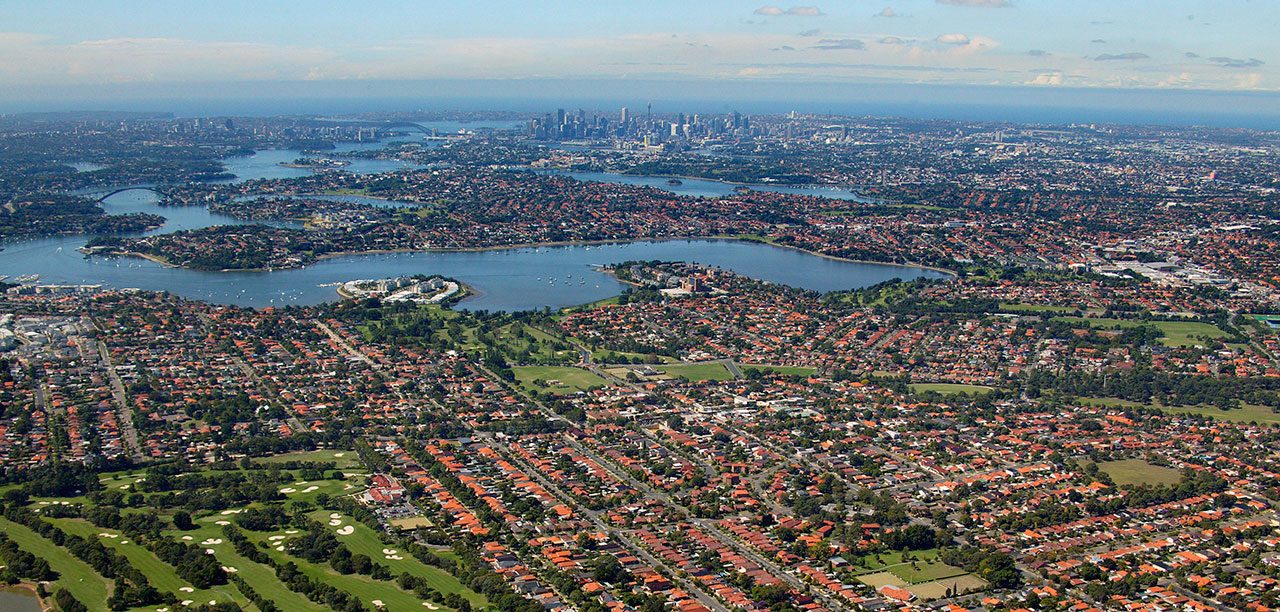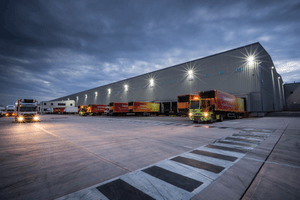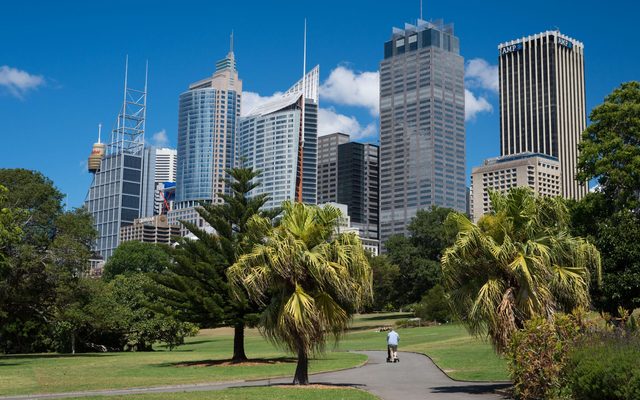This article is from the Australian Property Journal archive
AUSTRALIA’S supply of office sublease space has seen a small uptick over the first few months of 2023, driven by the information, media and technology (IMT) sector.
According to CBRE’s latest Sublease Barometer, volumes of national sublease space area up 3% so far this year, hitting 255,000sqm for a 7,000sqm increase.
“The IMT sector has recorded the largest increase in sublease availability over the past 12 months, partly due to recent cost cutting in the sector, particularly as it relates to headcount reductions,” said Tom Broderick, head of office research at CBRE, Australia.
“IMT firms have also been more likely to adopt hybrid working and therefore may still be offloading excess space.”
The latest data could also reflect conditions in the tech sector, which has put the breaks on hiring and expansion as seen recently with Atlassian announcing a 5% reduction to its workforce globally, including 120 jobs in Australia.
Just five months ago the Atlassian was on a recruitment drive to hire 1,000 people.
But Atlassian and its giant peers Google, Amazon, Microsoft and Meta are not alone, tech startups have also been reducing headcount.
At the same time, sublease space in the finance and insurance sector have remained relatively stable over the last year.
While professional services firms have made up a smaller share of sublease availability, with law firms in particular offering 40% less space over the period.
“The stability in the sublease market over the past 6 months has been very encouraging, particularly given the headcount reductions that have been announced in certain sectors of the market,” said Mark Curtain, head of office leasing at CBRE, Pacific.
“The smaller markets have been extremely resilient, with Sydney and Melbourne recording modest increases.”
Total stock of national sublease space is sitting 40% below the early-2021 peak, with only Sydney and Melbourne seeing small city-based rises.
“These markets are more exposed to the financial and tech sectors, which have been experiencing cost containment pressures in the current environment,” added Curtain.
Melbourne’s CBD saw the most significant increase in sublease activity, reaching 122,000sqm or a 2.4% increase in total office stock this year.
That’s up 2.2% from last year but significantly under the 4.0% or 171,000sqm peak of late-2020.
In the Melbourne CBD, the finance sector made up the greatest portion of sublease space, totalling 42,000sqm.
Meanwhile in the Sydney CBD, there is currently 104,000sqm of sublease space available, for a 2.0% increase in total office stock this year. This is also well done on the late-2020 peak of 3.4% of total stock.
Availability in the Sydney CBD is up by 1,400sqm in 2023, with both the finance and technology sectors making up the majority of stock on the market, for a combined 53,000 sqm of space.’
On the other end of things, Brisbane’s CBD saw the greatest decline in sublease availability over the past 12 months, falling from 0.9% of total office stock to 0.5%.
“Australia’s smaller CBD markets have meanwhile recorded higher physical occupancy levels throughout 2022, which has put less pressure on tenants to offload space,” concluded Curtain.





